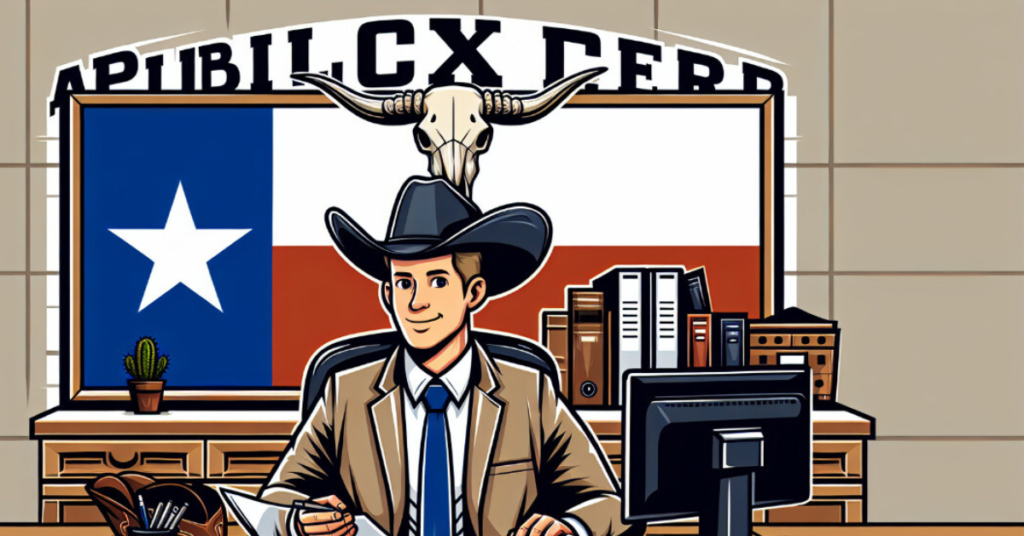The automobile insurance landscape has evolved significantly over the years. Among the various insurance options available to vehicle owners, Automobile Club Inter-Insurance has emerged as a distinctive model that offers both practical and financial benefits to members. Understanding the concept, the benefits, and the nuances of automobile club inter-insurance can empower consumers to make informed decisions about their coverage needs. This article provides a detailed breakdown of automobile club inter-insurance, including its benefits, structure, and the key concepts associated with it.

What is Automobile Club Inter-Insurance?
Automobile club inter-insurance is a type of insurance arrangement in which members of an automobile club pool their resources to provide mutual coverage for their vehicles. Essentially, it is a cooperative model where members agree to share the financial risks associated with automobile ownership. In this system, members contribute to a collective fund, which is used to pay for the insurance claims of those who experience accidents or damage to their vehicles.
Unlike traditional insurance, where the insured parties pay premiums to an insurance company in exchange for coverage, automobile club inter-insurance operates on a cooperative basis. This means that the members of the club are essentially self-insured, though they are bound by the agreements and rules of the club. The risk is shared among all the members, which allows for a more affordable and often flexible approach to auto insurance.
How Does Automobile Club Inter-Insurance Work?
In a typical automobile club inter-insurance setup, the members pay regular contributions to the fund. These contributions are usually lower than what individuals would pay for traditional insurance premiums. However, there are certain rules and criteria that must be met in order to be eligible for coverage.
Once the fund is established, members can file claims when they face financial losses due to accidents, damages, or other incidents covered by the insurance policy. The amount a member receives from the fund depends on the severity of the claim and the amount available in the pooled resources.
The specific rules governing the club’s inter-insurance policy can vary depending on the club, but the general principle remains the same: sharing the risk and benefits among all the members.
Benefits of Automobile Club Inter-Insurance
The automobile club inter-insurance model comes with a variety of benefits that appeal to individuals seeking a more affordable and personalized approach to insurance coverage. Some of the key advantages include:
1. Cost Savings
One of the most significant benefits of automobile club inter-insurance is the potential for cost savings. Since the club operates on a cooperative model, the contributions to the fund are typically lower than the premiums charged by traditional insurance companies. This can make it a more affordable option for individuals who want to ensure their vehicle is covered but are looking for a more budget-friendly solution.
2. Flexible Coverage
Another key advantage of automobile club inter-insurance is the flexibility it offers. Since the rules and regulations governing the policy are set by the members of the club, there is often more room for customization. For example, members can choose specific coverage options based on their unique needs, whether it’s comprehensive coverage, liability insurance, or collision protection.
This flexibility allows members to craft a policy that fits their lifestyle and preferences, unlike traditional insurance, which may have more rigid coverage terms.
3. Strong Community Support
Automobile clubs are often built around a community of like-minded individuals who share common interests, such as a passion for automobiles or a commitment to safe driving practices. This sense of community is a strong selling point for those who want to be part of a group that provides mutual support.
In the case of automobile club inter-insurance, members can feel confident knowing that their peers are invested in maintaining a safe and fair environment. There is a sense of camaraderie and trust within the club, which can make the claims process smoother and more efficient.
4. Transparency and Control
In traditional insurance models, policyholders often feel disconnected from the company that holds their insurance policy. Automobile club inter-insurance, however, places control in the hands of the members. Since the members collectively manage the fund, they have a say in how the club operates, how claims are handled, and what the rules and regulations are.
This transparency creates a more accountable and open environment, giving members greater confidence in the system.
5. Reduced Profit Motive
Traditional insurance companies are businesses that aim to make a profit. This can result in higher premiums for customers, as the company must account for overhead costs and profit margins. In contrast, automobile club inter-insurance is driven by the collective interests of its members, not by the need to generate profit for shareholders.
This can result in more affordable premiums and fewer additional costs for policyholders, making the system more cost-effective overall.
Key Terms and Concepts in Automobile Club Inter-Insurance
To fully understand how automobile club inter-insurance works, it is important to familiarize yourself with the key terms and concepts associated with it. These terms form the foundation of the structure and functioning of automobile club inter-insurance policies.
Mutuality
At the core of automobile club inter-insurance is the principle of mutuality. This refers to the shared responsibility and risk among all the members of the club. The idea is that each member contributes to the pool, and in turn, they are entitled to draw from the pool when they need it.
Pooling of Resources
Pooling is another central concept in automobile club inter-insurance. By combining the resources of all the members, the club is able to create a large enough fund to cover the insurance claims of the group. This reduces the financial burden on any single individual and provides collective security for all members.
Risk Sharing
Risk sharing is a fundamental concept in all forms of insurance, and it is especially relevant in automobile club inter-insurance. Since the members of the club are sharing the risk, each person is responsible for a portion of the potential losses. The idea is that by spreading the risk among many participants, no single individual is overly burdened by a large claim.
Claims Process
The claims process in automobile club inter-insurance is generally similar to that of traditional insurance. When a member experiences an insured event, such as an accident, they file a claim with the club. The club then assesses the claim, determines the appropriate payout, and uses the pooled resources to compensate the member for their losses.
Contribution or Premium
Members of the club pay regular contributions, which are sometimes referred to as premiums. These contributions are typically lower than those in traditional insurance policies, and they are used to fund the club’s pool. The exact amount a member must pay can depend on various factors, such as the type of coverage they select, their driving history, and the specific terms set by the club.
Are Automobile Club Inter-Insurance Policies Right for You?
While automobile club inter-insurance offers many benefits, it is not necessarily the best option for everyone. Before committing to a club, it is important to carefully evaluate your own needs and preferences. Here are some factors to consider:
1. Your Driving Habits and Risk Tolerance
If you are an infrequent driver or maintain a relatively low-risk driving profile, automobile club inter-insurance may be an ideal solution. On the other hand, if you have a history of frequent accidents or live in a high-risk area, a traditional insurance policy might offer more comprehensive coverage.
2. The Size and Reputation of the Club
When selecting an automobile club, it’s crucial to consider the size and reputation of the organization. Larger clubs with a solid track record may offer more stability and reliable coverage. Additionally, you should carefully review the terms of the club’s inter-insurance policy to ensure it meets your needs.
3. Financial Stability
Since automobile club inter-insurance relies on pooled resources, it is essential to assess the financial stability of the club before joining. Ensure that the club has enough resources to handle potential claims and that the claims process is fair and transparent.
Conclusion
Automobile club inter-insurance is a unique and often cost-effective alternative to traditional vehicle insurance policies. By pooling resources and sharing risks, members of an automobile club can enjoy more affordable premiums, greater flexibility in coverage, and a strong sense of community. However, like any insurance model, it is important to weigh the pros and cons and consider your own specific needs before making a decision.
As the insurance landscape continues to evolve, automobile club inter-insurance stands as a testament to the potential benefits of cooperative models, offering individuals a more personalized and cost-efficient way to protect their vehicles.




